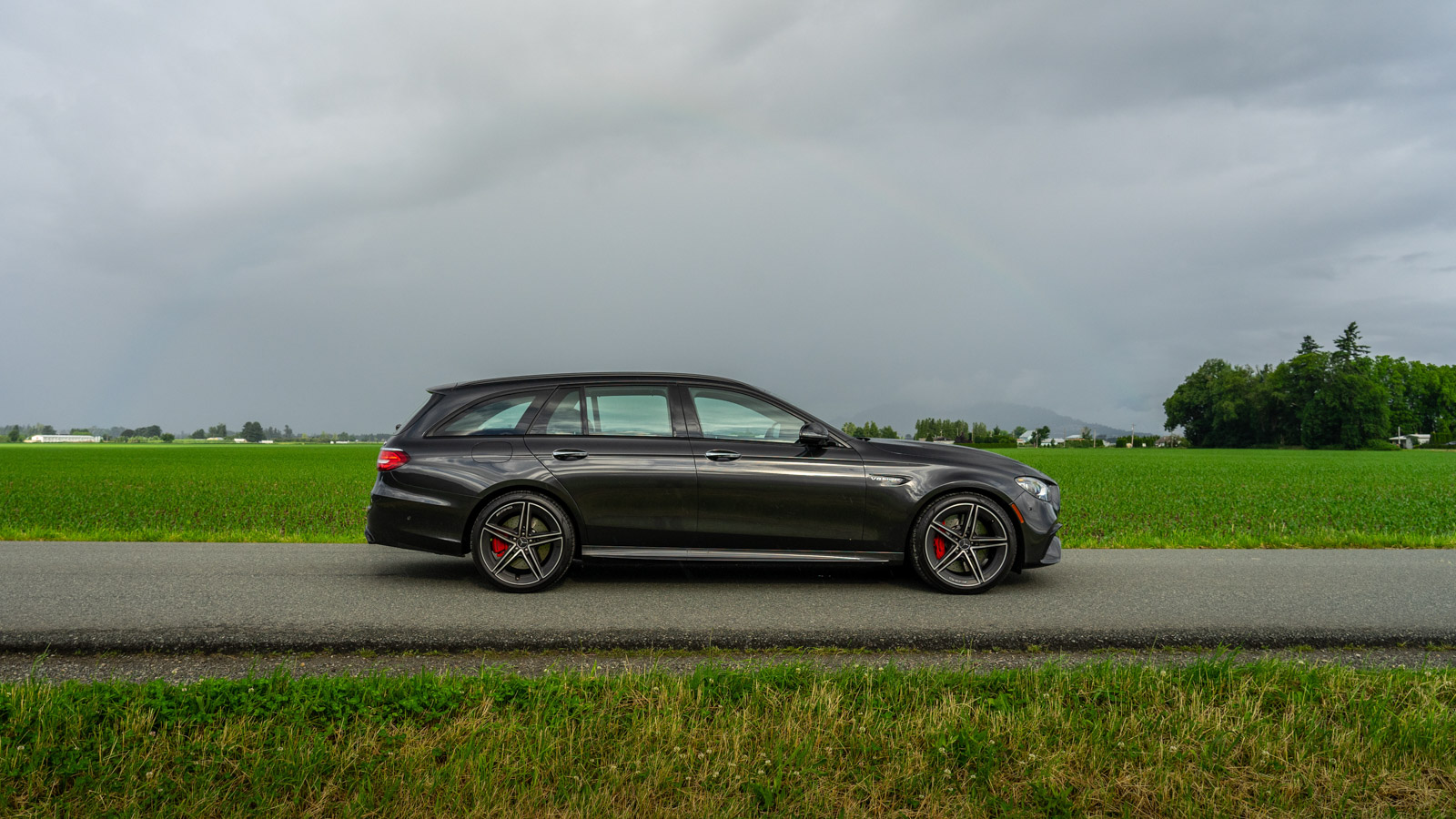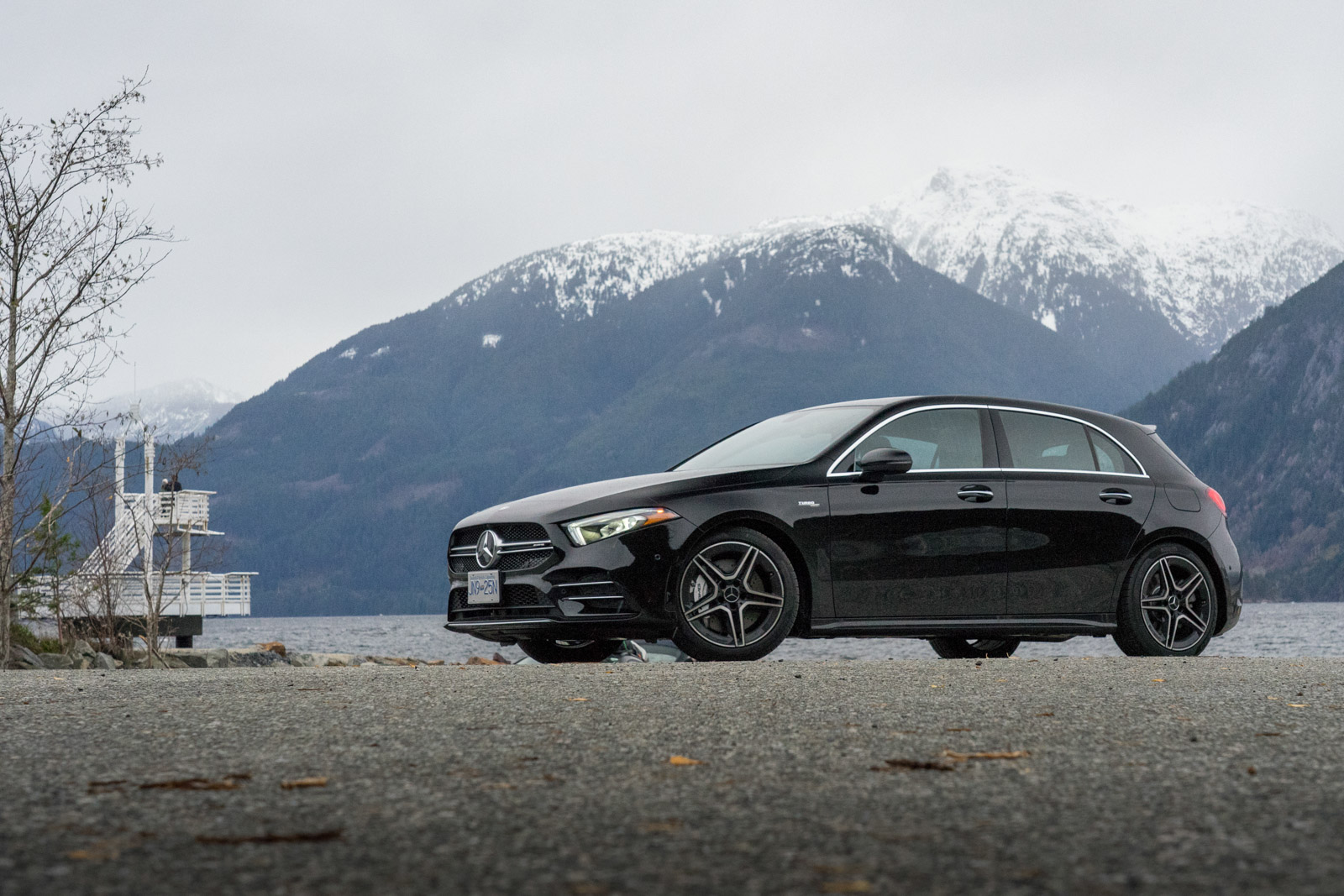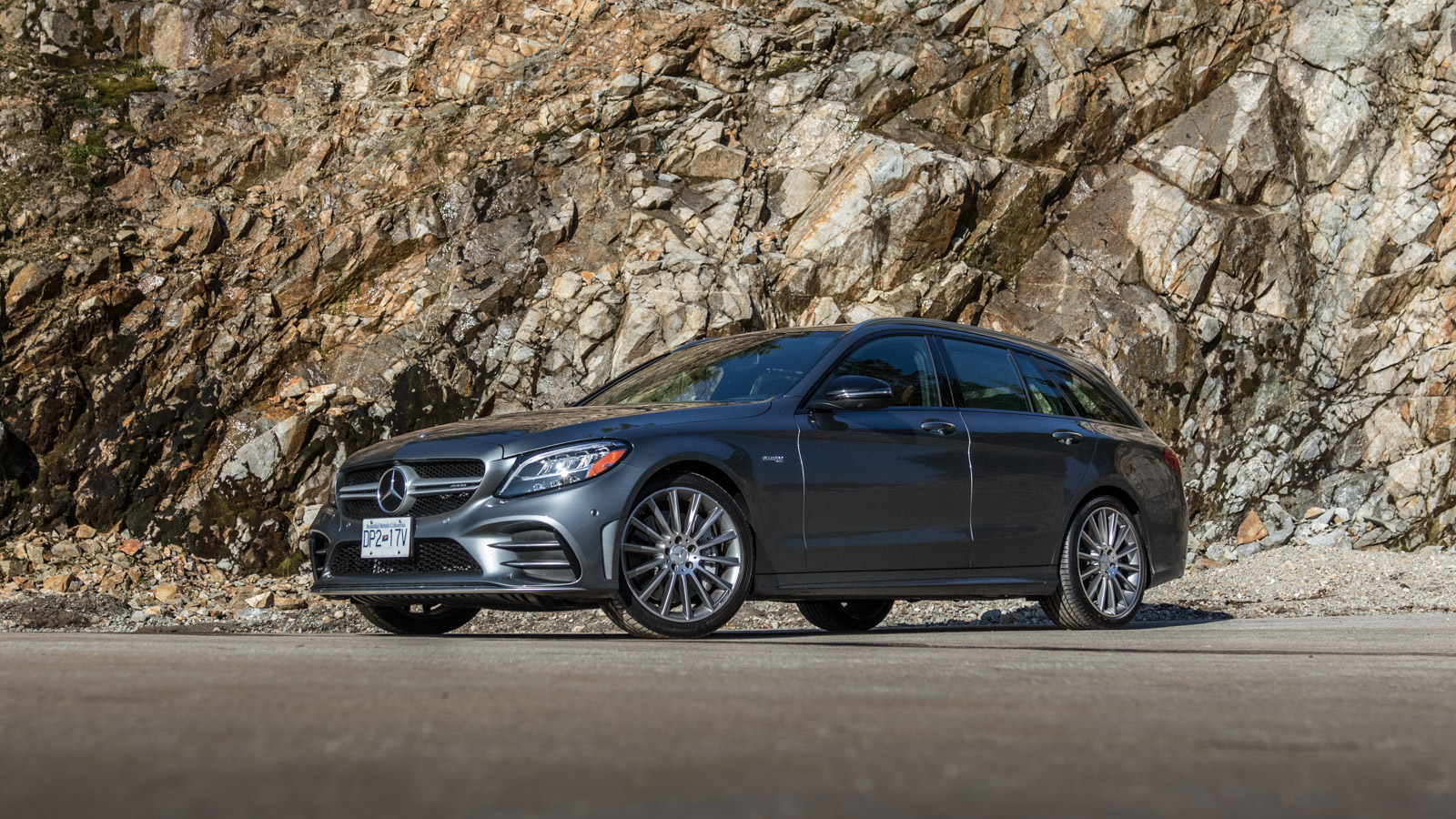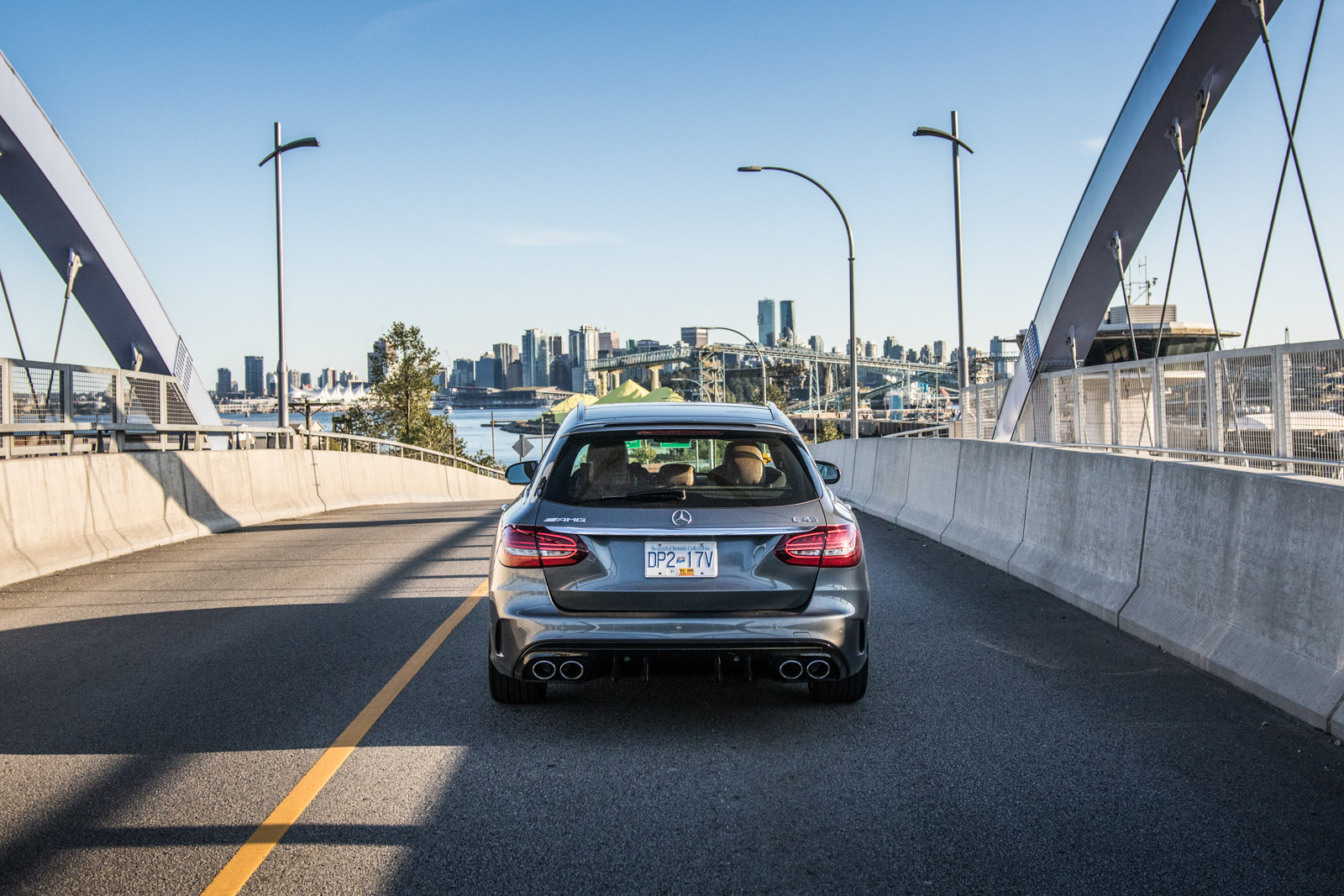In 2017, Mercedes celebrated the 50th anniversary of its skunkworks performance division AMG, founded by Hans Werner Aufrecht and Erhard Melcher—the A and M. AMG’s small team grew from building heavy-hitter one-offs to a full range of fire-breathing Mercedes. In the anniversary year, Canadian sales of AMG-badged cars passed the 10,000 mark for the first time, more than 20 per cent of all Mercedes sold.
Here in Canada—and particularly in Vancouver—we have a ravenous appetite for fast AMG wagons, from the scrappy A 35 hatchback to the thundering G 63 Geländewagen. Even in Mercedes’ largest markets, AMG models don’t claim the market share they do in Canada. Mercedes-Benz Canada is tight-lipped about how and why so many AMGs find homes here but notes there are some 41 AMG models on sale in the 2021 model year. So what drives Canada’s unique Mercedes culture?

Mercedes-AMG E63S Wagon
There are a few factors at play, and perhaps the hardest to gauge is dealer buy-in. In the automotive world, the end user is often not the true customer. Manufacturers need dealers to stock their products and so produce the more common colours and models en masse. Dealers know that most of the time, even buyers who know what they want are willing to take a second choice based on timing of delivery or a safe shade of grey instead of the brilliant green they really wanted.
But when Canadian dealers stock AMGs, they sell them. So they keep stocking them. And this situation has resulted in Canadian customers’ gaining access to AMG products that just aren’t available in the U.S.
For example, watch the start of most Formula 1 races, and you’ll see a Mercedes-AMG C 63 S wagon following the field on the out lap. That’s the medical car, ready to jump into action in a serious accident, as it did at the 2020 Bahrain Grand Prix. You can’t buy an AMG-badged C-Class wagon in the U.S. But you can in Canada.

Mercedes-AMG A35 Hatchback
The C 43 wagon isn’t a full strength V8-powered AMG product, but it’s a relatively affordable solution for someone who wants a very quick alternative to a luxury crossover. It joins the E 53 and the rocket-express E 63S in a trio of fast German wagons available to Canadian customers—but not in the U.S. All three are niche vehicles, hardly matching Mercedes crossovers for sales numbers, but all are particularly popular on the West Coast.
You can regularly see AMG wagons running up and down the Sea-to-Sky Highway, mountain bikes strapped to their roofs. You’ll also be hard-pressed to drive through downtown without seeing at least one boxy AMG G wagon. Mercedes says roughly half of C-Class wagons are purchased as the AMG model rather than with standard trim. For the G-Class, however, sales are almost all AMG badged.
The drive here, of course, is demand from well-heeled buyers. Vancouver, particularly the downtown core, has been a luxury real estate beacon for years, and the trappings of wealth accompany its glittering towers. Though the G 63 is designed for rugged terrain, hardly any owner would actually dream of getting the wheels of their vehicle dirty. It’s for the flex and Instagram, not the mechanical capability.

Mercedes-AMG G63
At the heart of the G 63 is the cornerstone of the AMG brand, a hand-built V8 engine assembled by a single technician. Yet ever since AMG came under Mercedes’ corporate umbrella, the brand’s scope has widened. The V8s are still there, but so are AMG twin-turbo V6s and even AMG turbo four-cylinders. Mercedes knows the cachet an AMG badge carries and has expanded its line.
Along with unique cars and high-end demand, the last leg of the AMG Canada tripod is availability. If a well-optioned, quarter-million-dollar G 63 isn’t in your financial skies, perhaps you’ll settle for a surprisingly quick and practical GLB 35. A boxy chip off the old G-block, the GLB 35 provides an entry level to AMG aspirants while still fulfilling the needs of a small family.
Even better, compared to the cost of a GLB 35 in the U.S. market after currency conversion, Canadians pay roughly 10 percent less for their AMGs. Look at something even smaller, like the Canada-only A 35 hatchback, and the price is about the same as a base U.S.-market C-Class.

Mercedes-AMG C43 Wagon
However, AMG’s future in Canada might experience a wobble over the next year. Full battery-electric models are on the way but haven’t yet arrived. Meanwhile, global supply-chain woes have caused Mercedes to cancel most V8-powered models for the 2022 model year.
The cancellation will hit AMG models the hardest, though the likes of the inline-six “53” models may offer an alternative solution as a stopgap. Sales dip or not, Canadian appetites for AMG products are unlikely to waver in the long run. We’re polite on the surface but underneath, we can’t stop craving Stuttgart-bred horsepower.
Read more from Transportation.









